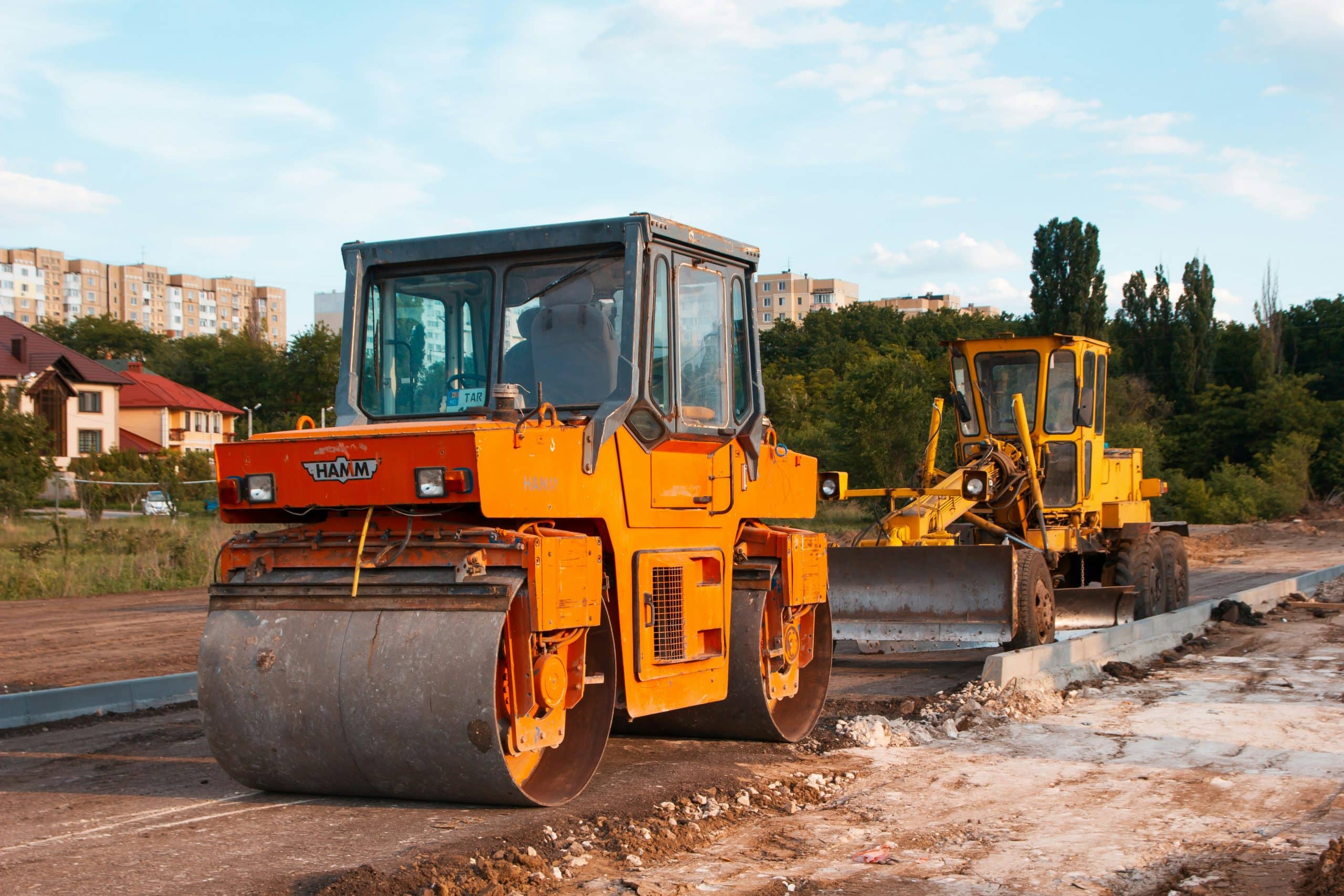How can real estate developments incorporate sustainable transportation infrastructure, such as bike lanes and pedestrian paths?

At the heart of any thriving city lies an efficient and sustainable transportation network. A city’s ability to manage the movement of its residents, not only by car but also via more sustainable modes like bicycles and pedestrians, is a testament to its foresight and planning. Real estate developments also play a significant role in shaping the transportation infrastructure of any urban area. This article explores this synergy and sheds light on how real estate developments can incorporate sustainable transportation infrastructure, such as bike lanes and pedestrian paths.
Understanding the Need for Sustainable Transportation Infrastructure
Before we delve into the how, we need to understand the why. Why do we need sustainable transportation infrastructure in our cities and especially within real estate developments? Sustainable transportation does not only refer to eco-friendliness, cutting down on carbon emissions, and reducing pollution. It also encompasses ease of access, safety, affordability, and enhancing the quality of life for residents.
A lire en complément : How can real estate investments adapt to the growing demand for electric vehicle infrastructure?
As urbanization fast-tracks, cities worldwide grapple with the challenges of congestion and pollution. Introducing alternative modes of transportation like bike lanes and pedestrian paths can help alleviate these issues. They encourage residents to leave their cars behind and opt for healthier, more eco-friendly modes of getting around. Real estate developments, being integral to the urban fabric, hold a significant responsibility to incorporate these sustainable alternatives into their design and planning.
Integrating Bike Lanes into Real Estate Developments
Bike lanes are an integral part of a city’s transportation infrastructure. They promote physical activity, reduce traffic congestion, and lower carbon emissions. As a real estate developer, how can you seamlessly integrate bike lanes into your projects?
A lire en complément : How to optimize real estate development projects for maximum community impact?
To begin with, bike lanes should be made an essential component of the project planning phase. They should not be an afterthought, but a deliberate, well-thought-out feature. A well-designed bike lane should be separated from the vehicle roadways to ensure cyclists’ safety. This separation can be achieved by installing physical barriers or by painting the lanes in bright, noticeable colors.
An essential factor to consider is the connectivity of these bike lanes. They should not just exist within the real estate development but should connect to the broader city’s bike network. This interconnectivity will ensure that residents can use their bikes to commute to work, go to school, or do their shopping, thus encouraging the use of bicycles for daily commuting.
Another consideration is the provision of ample, secure bike parking facilities. These facilities should be conveniently located near entrances and be designed to protect bikes against theft and damage.
Incorporating Pedestrian Paths into Real Estate Developments
Just like bike lanes, pedestrian paths are also a crucial part of a city’s sustainable transportation infrastructure. They are not only necessary for getting around but also contribute to a community’s health, well-being, and social cohesion.
The first step to incorporating pedestrian paths into real estate developments is to prioritize pedestrians in the design process. This means creating wide, well-lit paths that are separated from the roadways and are easily accessible for people of all ages and abilities. These paths should also be aesthetically pleasing, incorporating elements like green spaces, benches, and water features to make walking a pleasant experience.
The pedestrian paths should also be well-connected, both within the development and to the surrounding city’s pedestrian network. This interconnectivity will encourage residents to walk to their destinations instead of using their cars.
Another important consideration is safety. Pedestrian paths should be designed to minimize conflicts with vehicles. This can be achieved by providing well-marked crosswalks, pedestrian refuges, and traffic calming measures like speed humps and roundabouts.
The Role of Community Engagement in Sustainable Transportation Planning
Incorporating sustainable transportation infrastructure into real estate developments is not just about physical planning and design. It also requires a paradigm shift in how we think about transportation and the role of the community in shaping these decisions.
Community engagement is a critical part of this process. As a real estate developer, you should engage with the local community, understand their needs, and incorporate their feedback into your plans. This will ensure that the bike lanes and pedestrian paths you create are not only functional but also meet the community’s specific needs and preferences.
Integrating Sustainable Transportation into Existing Developments
While it is easier to incorporate sustainable transportation infrastructure into new developments, it is also possible to retrofit existing ones. This requires a more creative and flexible approach, as it involves working within existing constraints.
One strategy is to repurpose underutilized spaces, such as parking lots or unused roadways, into bike lanes or pedestrian paths. Another is to gradually implement changes, like narrowing roadways to make room for bike lanes, or adding sidewalks where there are none.
In conclusion, incorporating sustainable transportation infrastructure into real estate developments is a multi-faceted process. It requires a combination of thoughtful planning, design, community engagement, and a commitment to sustainability. But the benefits – healthier, happier communities, reduced congestion and pollution, and a more livable city – are well worth the effort.
Encouraging Usage of Sustainable Transportation in Real Estate Developments
For sustainable transportation infrastructure like bike lanes and pedestrian paths to be truly effective, real estate developers must not only create these features but also foster an environment that encourages their usage. As a developer, you are not just constructing buildings, but also creating a lifestyle for your residents.
Incorporating amenities such as bike rental stations, wayfinding signage, and pedestrian-friendly facilities like benches, shade structures, and water fountains within the development can make biking and walking more appealing to residents. Developers can also consider offering incentives for residents who choose to use bikes or walk, such as discounts in local businesses or reduced rent.
Another effective strategy is to design the development in such a way that daily necessities like grocery stores, schools, and workplaces are within a reasonable walking or biking distance. This mixed-use approach makes it more convenient for residents to opt for sustainable modes of transportation over driving their cars.
Besides these, hosting community events centered around biking or walking, like bike rodeos or walking clubs, can help foster a culture of sustainable transportation within the community. All these efforts combined can make a significant difference in promoting sustainable transportation among the residents of the development.
Conclusion: The Future of Real Estate Developments and Sustainable Transportation
The role of real estate developments in shaping a sustainable urban transportation infrastructure cannot be overstated. Incorporating bike lanes and pedestrian paths is not an optional extra, but an essential part of any development aimed at promoting a sustainable and healthy lifestyle for its residents.
While the task of integrating sustainable transportation infrastructure into real estate developments might seem daunting, the long-term benefits far outweigh the initial investment. It leads to healthier and happier residents, promotes a sense of community, reduces congestion and pollution, and contributes to the overall livability of the city.
Moreover, as the world continues to urbanize and the effects of climate change become more pronounced, the demand for sustainable transportation options will only increase. Real estate developers who choose to incorporate these features into their projects will be at the forefront of this shift, setting a new standard for urban living.
In the end, constructing bike lanes and pedestrian paths is about more than just laying down pavement. It’s about creating a vision for the future – a future where cities are built for people, not cars, and where sustainable transportation is not just an alternative, but the norm.
